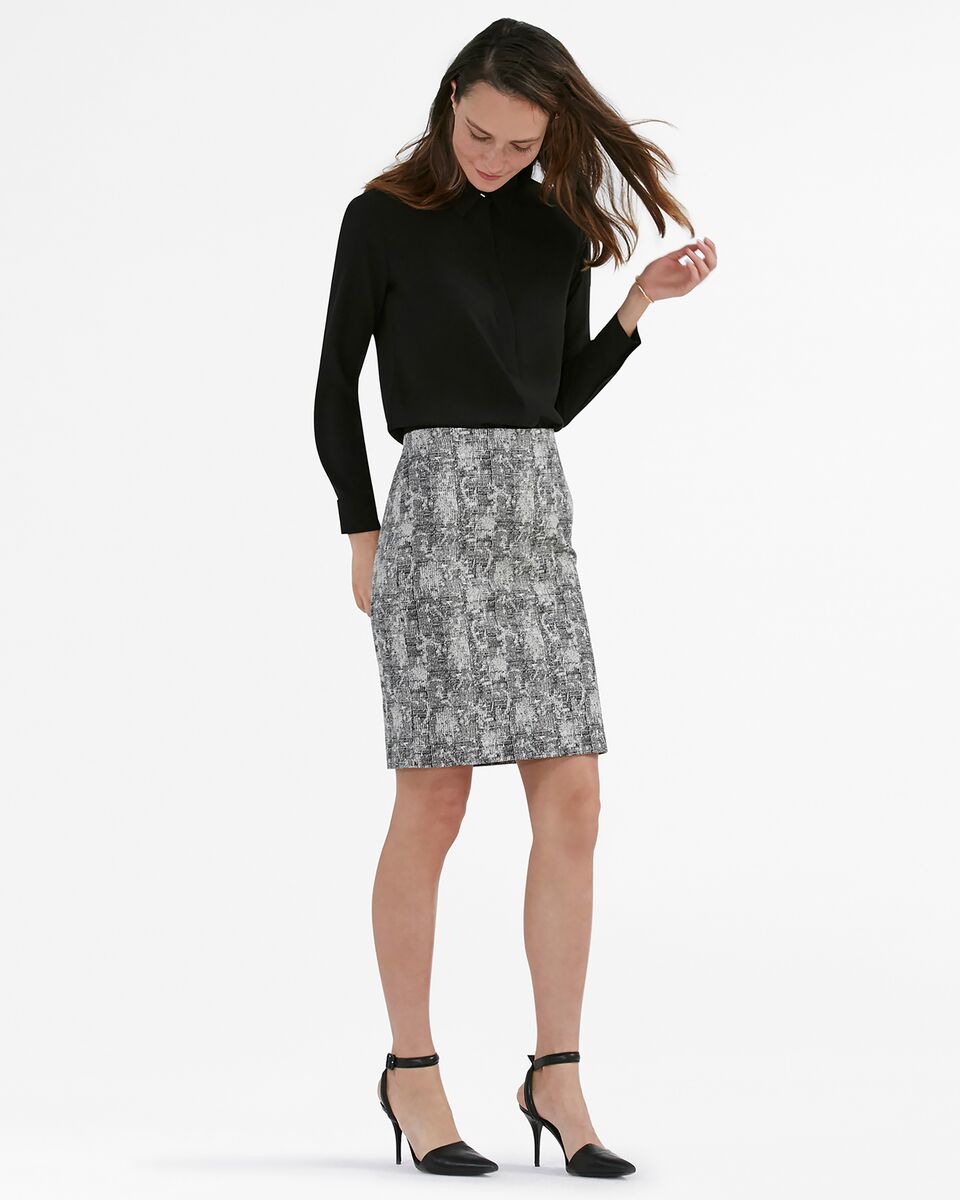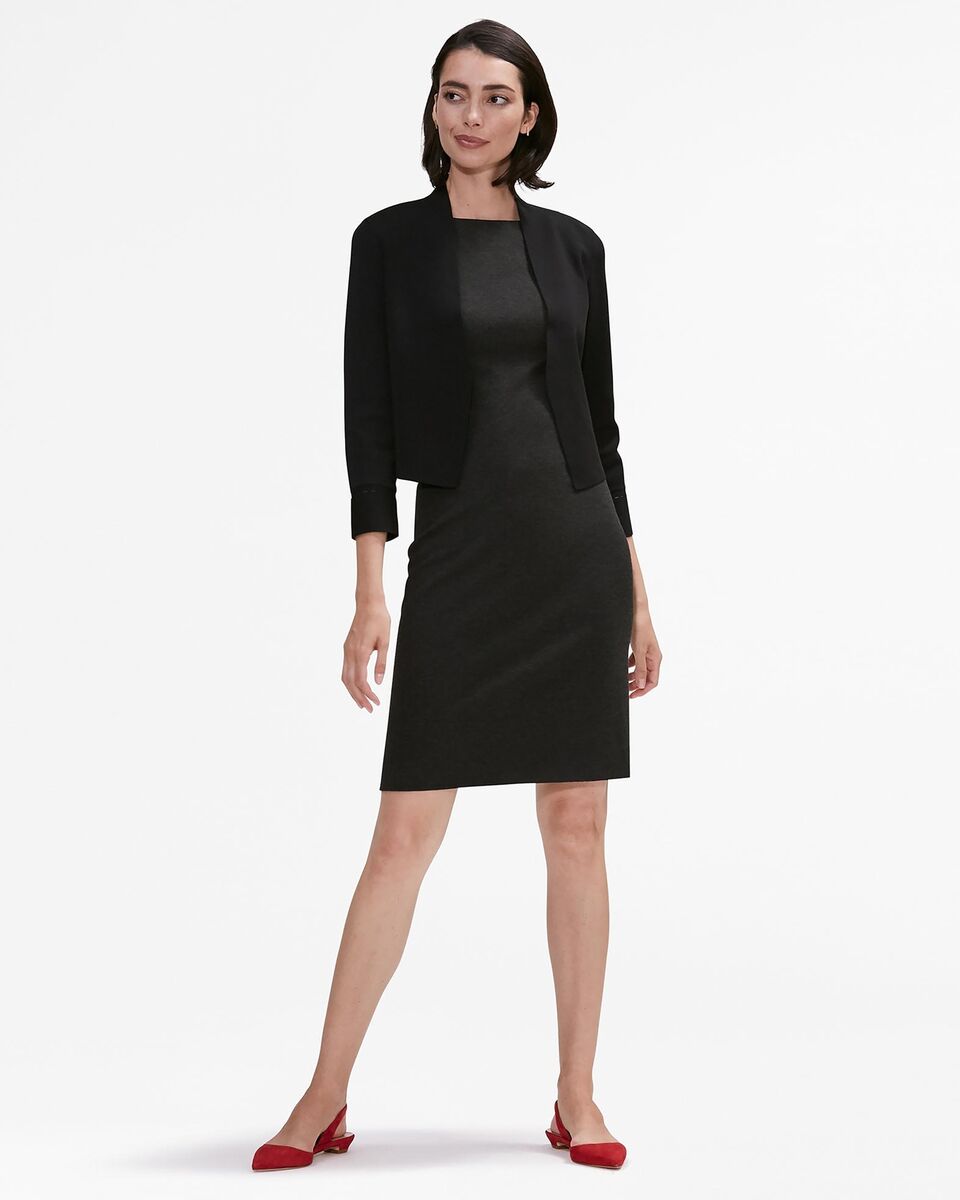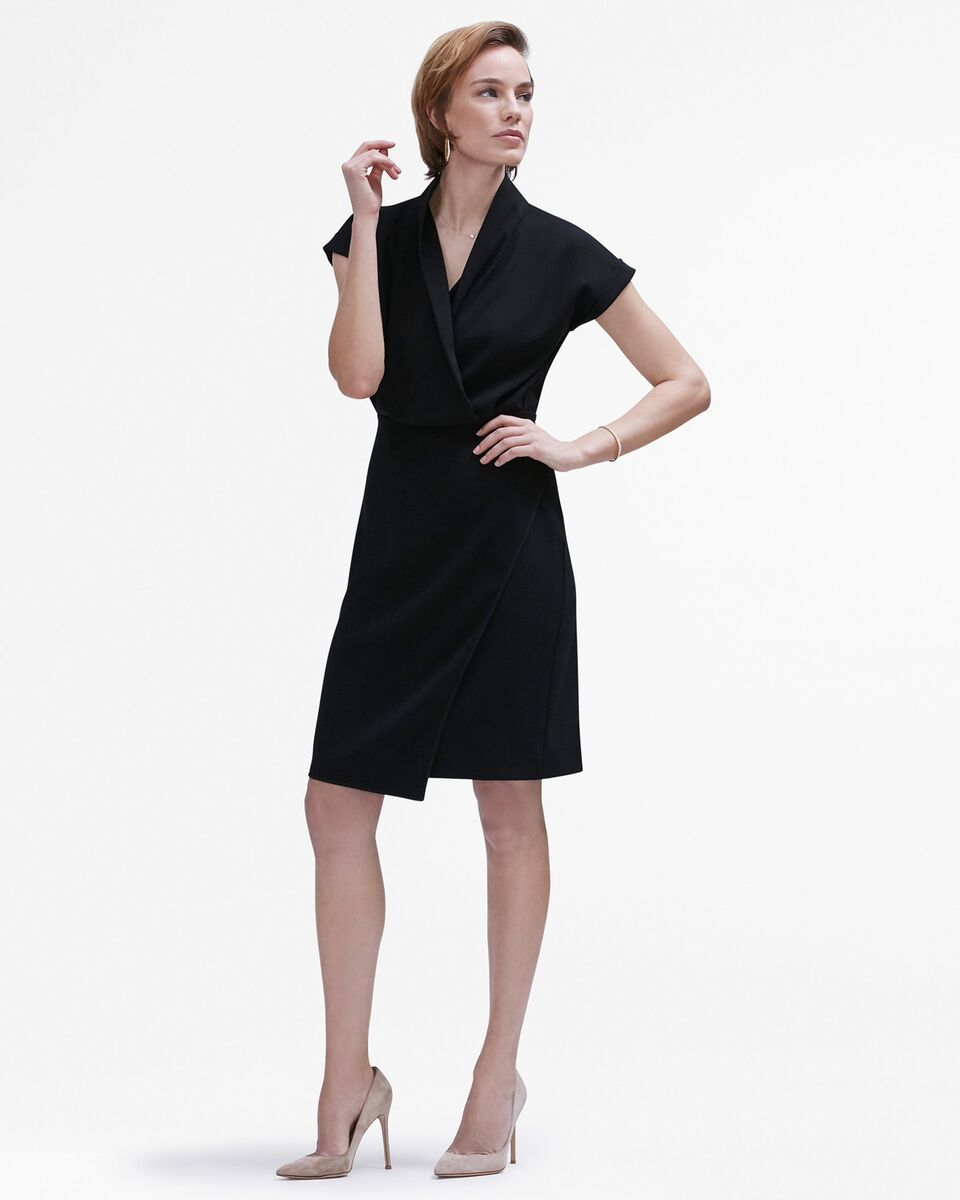How to Budget for Work Clothes at 3 Stages of Your Career
June 09, 2015
You’ve heard the old adage a million times: Dress for the job you want, not for the job you have. What it really means: Your work wardrobe is a way of expressing your professional intentions. Whether it’s your first day on the job or your fifteenth year in the biz, you should dress like you mean it. But that doesn’t mean you have to blow your savings on work clothes along the way. You simply have to learn how to budget for work clothes, invest wisely and build thoughtfully.
As a general rule, plan to spend 5-10% of your monthly take-home income on clothes. What’s your take-home income? The part of your salary that actually ends up in your bank account after taxes, retirement savings (401k, IRA), and any other deductions. Here’s how that might pan out at different phases of your career.
If you just graduated from college…
As your start date for your job approaches, the “I have nothing to wear” feeling will set in. Don’t despair—everyone feels this way. Breathe, strategize, prioritize. Don’t buy things just because they’re cheap, and don’t buy party or weekend clothes right now. You’ll soon spend 70% of your waking hours at your job, so focus your attention (and your money) on this area of your life.
Break it down: Put aside $1,000 to get yourself started (use savings, get a freelance gig, or borrow from someone who’s willing to spot you). Do not buy cheap stuff—stay away from low-quality fast fashion. Instead, focus: Buy five quality outfits. These might consist of three good dresses ($450), three basic knits ($250), and two pairs of office-appropriate shoes ($300). These items will get you through your first two months on the job.
Fiscal outlook: If your take-home is $2500/month, put aside $125-$250 each month for workwear. Shop seasonally, rather than every month, so you’ll have $375-$750 to spend per season. Not bad! And if you don’t use up all $750, keep it on hand for when you stumble upon that too-amazing-to-pass-up item. Better yet: Invest it, and watch your fashion fund grow over time.
If you are returning to the workforce after grad school…
Depending on whether you’re changing industries now that you have a graduate degree, you might not need to do much shopping—or you may have to start from scratch.
Do a careful inspection of all your pieces before you decide whether to wear, repair, or toss them. Check for moth holes, pills, and tired fabrics. Say goodbye to your favorite work cardigan if you’re swimming in it. Focus on fit—you don’t want to feel frumpy when you start your new gig.
Then, consider organizing a “workwear swap” with your classmates. Some of you are switching industries, and what you wore to your last job is no longer appropriate for your new one. In these cases, one professional woman’s trash is another professional woman’s treasure.
Fiscal outlook: Stick to spending 5-10% of your monthly income on clothes. As you earn more, that percentage should move closer to 5%.

The Lagarde shirt and Noho skirt.
If you get a raise…
High five! As far as your wardrobe goes, it’s time to live a little. Buy that piece you’ve been eyeing, and forever associate it with the fact that you rule. Then, reassess your clothing budget and proceed responsibly. You might be richer, but you should still be strategic about how you spend.
Fiscal outlook: Just because you’re earning more money doesn’t mean you need to spend more on clothes. Rather, consider how you’re allocating your clothing budget. If you’ve already got a solid foundation for your wardrobe, now might be a time to spend more on jewelry or an elevated work bag.
For more advice on how to outfit yourself for the office, check out Wear to Work: A Guide to Building Your Ultimate Professional Uniform, from which this post was excerpted.
Top photo by Takahiro Ogawa. Other images by Roberta Ridolfi.







